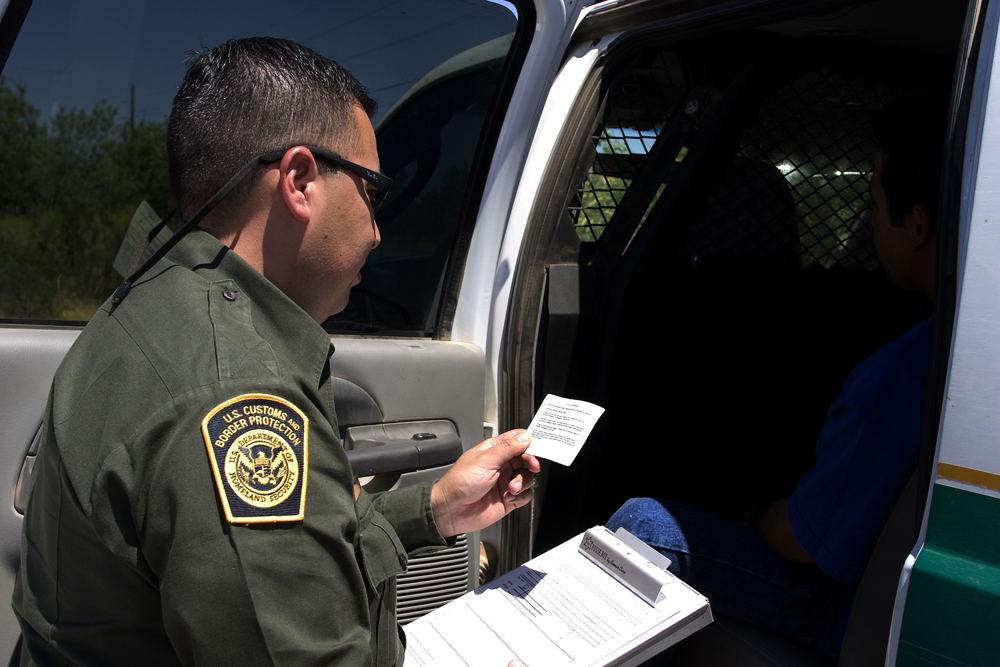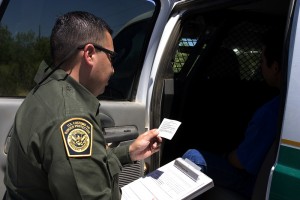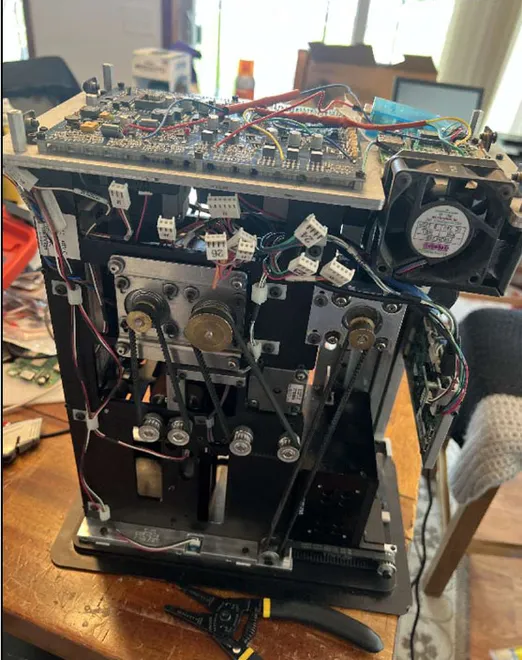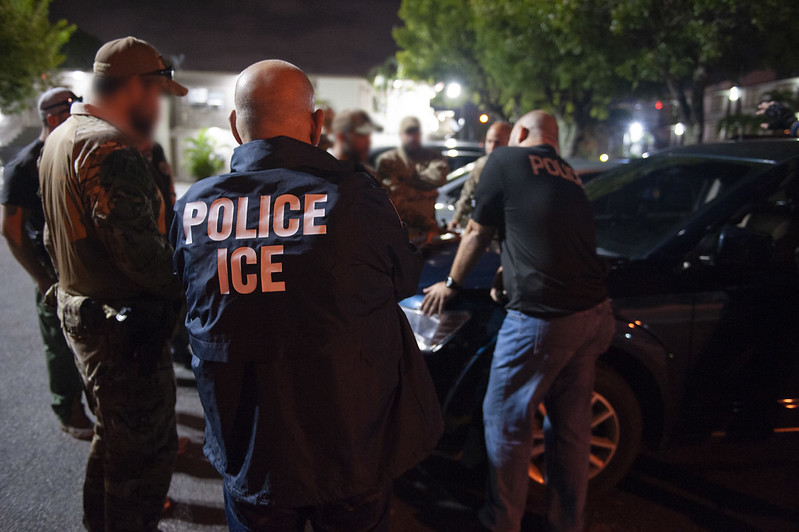In 2010, Anastasio Hernandez Rojas, a husband and father of five, was handcuffed, tortured and brutally beaten to death by 12 Border Patrol agents at the San Ysidro border crossing in California. The horrifying incident witnessed by dozens of people exposed a systemic problem with the nation’s largest law enforcement agency: that Border Patrol agents operate with impunity, without meaningful accountability, and in complete opaqueness.
The abuses by agents are widespread and well documented. Since January of 2010 more than46 people have died as a result of an interaction with the Border Patrol. This past June, a woman was killed when Border Patrol agents intentionally rammed their boat into another boat carrying 20 people. In 2012, a Border Patrol agent shot 16-year-old Jose Antonio Elena Rodriguez repeatedly in the back before he died. He was on his way to a local market to buy food staples in the Mexican city of Nogales, along the border with Arizona.
In the Hernandez Rojas case, a civilian bystander recorded the incident from the safety of an elevated pedestrian walkway. The video shows 12 Border Patrol agents, who are armed with batons and a Taser, brutally beating and tasing Rojas — who was lying on the ground with his hands cuffed behind his back. The medical examiner ruled the death a homicide. Six years later, not one of the 12 agents has been charged or even fired.
Hernandez Rojas’s widow, Maria Puga, is leading the movement for expanded oversight and accountability, including the demand that Border Patrol agents wear body cameras, which are a proven deterrent of abuse. A study shows that when officers wear them, the use of force plummets over 50 percent. Both civilians and officers experience fewer injuries when officers wear body cameras.






